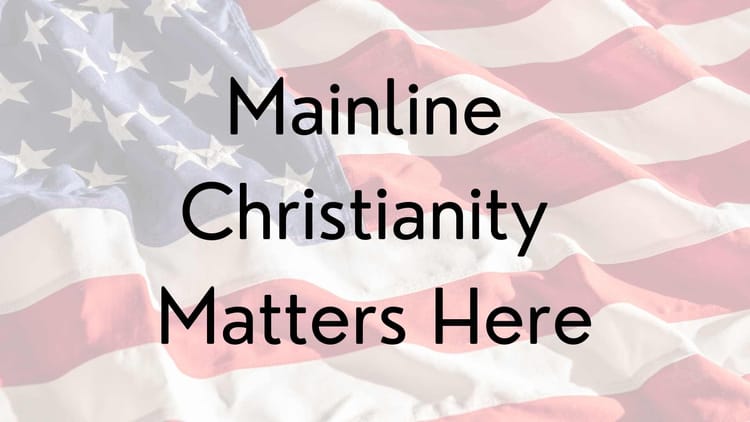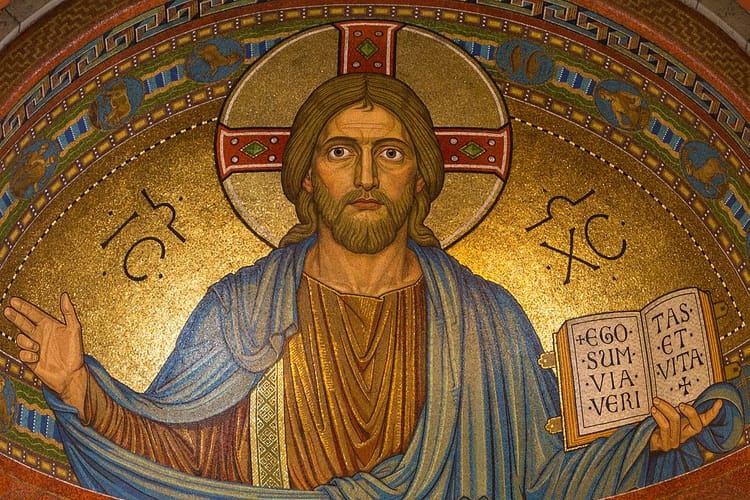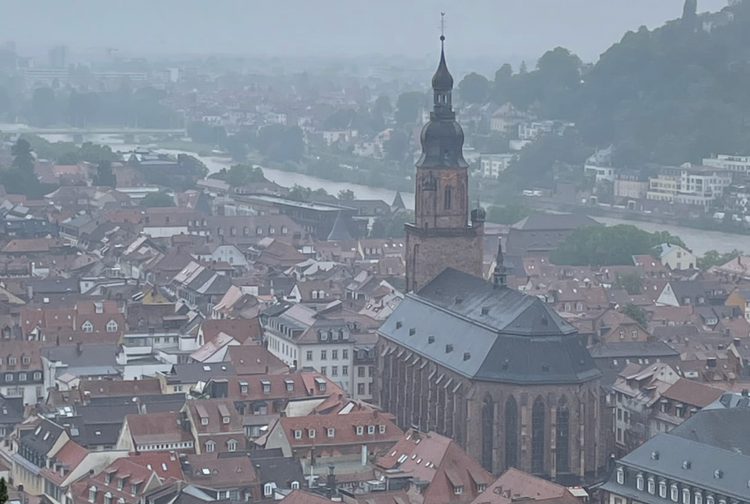I said what our diocese most needed. Then I realized: nobody knew what I meant.

Every spring in our diocese, we have Leadership Days - a time to come together for workshops and learning. This year, our new-ish bishop changed it up. He decided to use the morning portion to lead us in prayerful discernment. After a brief introduction and review of his work with us thus far, he invited us into a time of silent prayer for God’s vision and dream for our diocese. (He warned us ahead of time that the silence would be long enough that we might become uncomfortable.) When the silence was done, he led us through a series of questions for common reflection. Every comment was recorded.
We talked; our bishop listened. (Have I mentioned how grateful I am for my bishop?)
I honestly don’t remember all the questions he asked. But I do remember one, because when I responded, it seemed like nobody understood what I was saying.
The bishop asked, “What does our diocese most need?”
I held up my hand. When he got to me with the microphone I said: “A collaborative bioregional mission strategy.”
The bishop, a very smart man, looked at me like, “I’m not sure I know what you mean, but I have to move on or we will be here all day.” The note-taker asked, “What was that again?” I repeated myself. The comment was recorded. The bishop moved on.
That’s when one of the people next to me turned to me and asked, “What was that you said? A collaborative what?” Then I noticed that the person on the other side of me also had a puzzled look on his face.
I thought I had been so clear, but I had actually just confused everyone. Whoops! Sorry!
But guess what? Our diocese really does need a collaborative bioregional mission strategy. Most likely, yours does too. What does that mean?
Our mission is clear. Our bishop reminded us on Saturday that it is on page 855 of the Book of Common Prayer:
The mission of the Church is to restore all people to unity with God and each other in Christ… The Church pursues its mission as it prays and worships, proclaims the Gospel, and promotes justice, peace, and love… The church carries out its mission through the ministry of all its members.
We don’t lack a mission.
We do lack a strategy. Google “strategy” and here’s the first definition:
a plan of action or policy designed to achieve a major or overall aim.
When I say we lack a strategy, I mean we don’t have a shared understanding – a plan or policy or platform – that enables us to seek and make progress on the mission God has provided us. We don’t have a method to marshal our resources, make necessary sacrifices in the service of the greater good of common mission, and support one another in the tough times.
At the churchwide level, we’ve been focusing all our efforts on structure, not strategy, so I doubt we’ll have one anytime soon. And I’ll be the first to say: I don’t have a strategy in the areas for which I am accountable in ministry either. The pointing finger here is squarely in my own face.
The Episcopal Church, if it had a strategy, would be unstoppable. What’s not to love about an organization that
- is empowered by the Holy Spirit,
- combines the strengths of both Catholic and Reformed approaches to Christian faith,
- is inclusive of all people regardless of politics, ethnicity, gender or sexual orientation,
- brings ancient and deeply meaningful liturgies to life,
- and because of our incarnational approach to the spiritual life, actively seeks justice and peace?
Clearly, I am still an enthusiastic convert. I’m on board with the mission.
We need a strategy to accomplish our mission. And since the diocese is the basic mission unit of the church, it’s logical to approach this question at the diocesan level.
Strategies can be developed in many ways. They can be imposed from on high (and usually resented and resisted). Or they can be created collaboratively.
Our strategy has to be developed collaboratively. Collaboration happens when a number of autonomous actors come together voluntarily to create a system of mutual accountability.
That can be a small group of disciples agreeing they will hold each other accountable for their prayer lives. It can be a cluster of congregations agreeing that they will share a single timeline and set of resources for their annual stewardship campaigns (fall program launches, youth mission trips, works of mercy, whatever), and mutually sharing information on their progress. Or it can be an entire diocese coming together, led by their bishop’s intelligent questions, to try to discern God’s vision for them. Yes, that’s possible. I was there.
We are a hierarchical church. But in an era of flat platforms and instant access, a winning strategy has to be collaborative, with each individual (person or entity) taking responsibility for their part of the puzzle and committing to growth and change. And that collaboration has to be inclusive, bringing into community those who have been left out or kept out.
Nobody said this was going to be easy.
But if Holy Week teaches nothing else, it teaches this: don’t expect easy.
(To really develop a strong collaborative strategy for mission, we need strong support from technology – especially to engage a generation of digital natives. We need something like Basecamp or Band or Mightybell or Glip to keep people connected across time and space: a digital social platform. But that’s another post.)
Collaborative mission strategy. Even that is a stretch for us, given where we are now. But there’s one more modifier: bioregional.
Because the church is part of God’s creation. We live in places and we live with neighbors. We belong to a natural system which God created and called “good,” a system which we are called to steward.
Restoring all people to unity with God and each other in Christ means restoring all Creation – because “All things came into being through [Christ], and without him not one thing came into being.” (John 1:3) That work of restoration begins with the recognition that we rely on the greater life of Creation – in the very specific place we call home.
The question… is not how to care for the planet but how to care for each of the planet’s millions of human and natural neighborhoods, each of its millions of small pieces and parcels of land, each one of which is in some precious way different from all the others. – Wendell Berry
The exciting thing is that there are starting to be so many resources for this work:

- Another book: The New Parish: How Neighborhood Churches Are Transforming Mission, Discipleship and Community

- This lovely article: Reinhabiting Place: The Work of Bioregional Discipleship
- Ched Myers’ phenomenal work on Watershed Discipleship
- last year’s Neighborhood Economics gathering co-sponsored by SOCAP (co-founded by an Episcopal priest) and the Parish Collective
- and because food is a natural for the intersection of faith and place, the upcoming Food, Faith & Religious Leadership Intensive (see you there?) and the Christian food movement guide
When we think about the mission of God in place, we are opened to conversations with neighbors of every faith and none. Together we share a common interest in the restoration of all things.
As Christians seeking the healing and renewal of people and places, we reflect the love of God in Christ. We begin with a collaborative bioregional mission strategy.
How do you develop one? That’s a question for another post.
How does this sound to you so far?





Member discussion